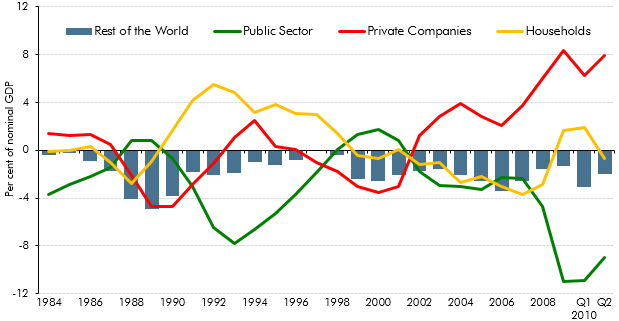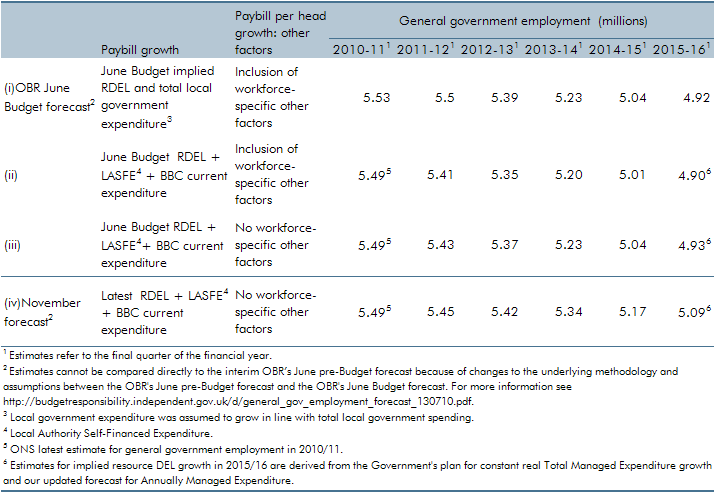Economic and fiscal outlook – November 2010
Supporting documents
Supplementary documents
Information or data which has been released alongside the Economic and fiscal outlook or as a result of external requests, since the original publication of the main document.




